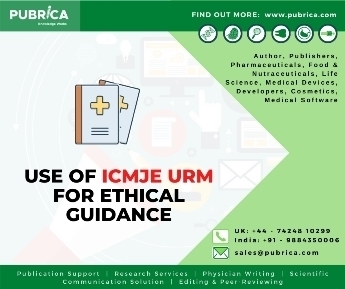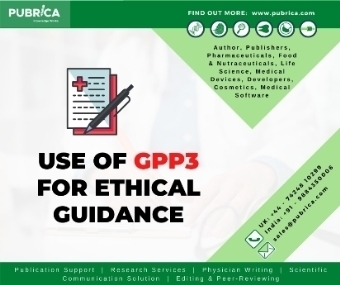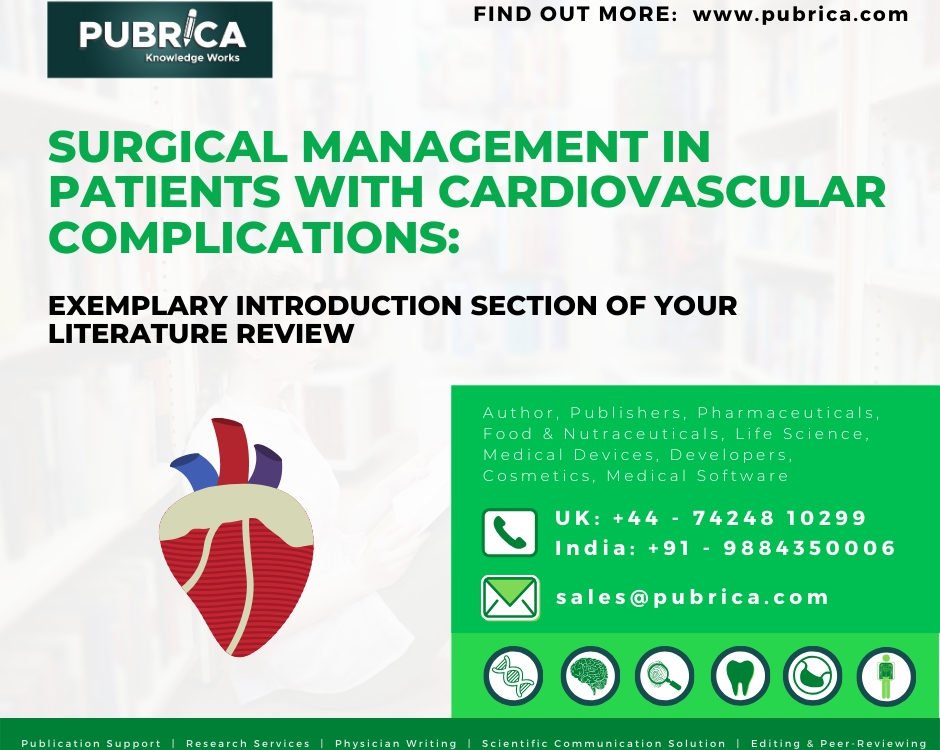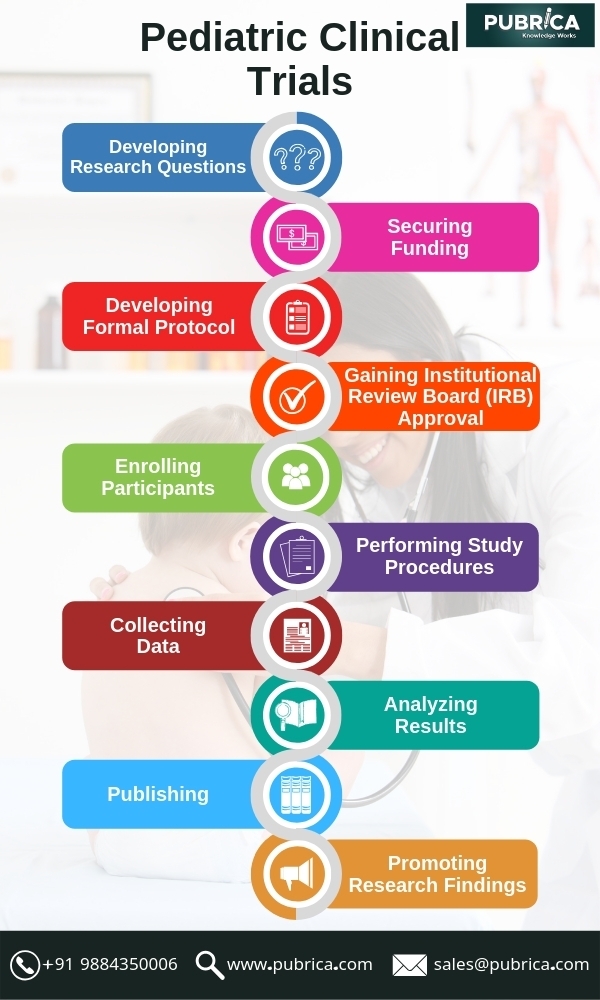
Enhancing pediatric clinical trial feasibility through the use of Bayesian statistics.
September 7, 2019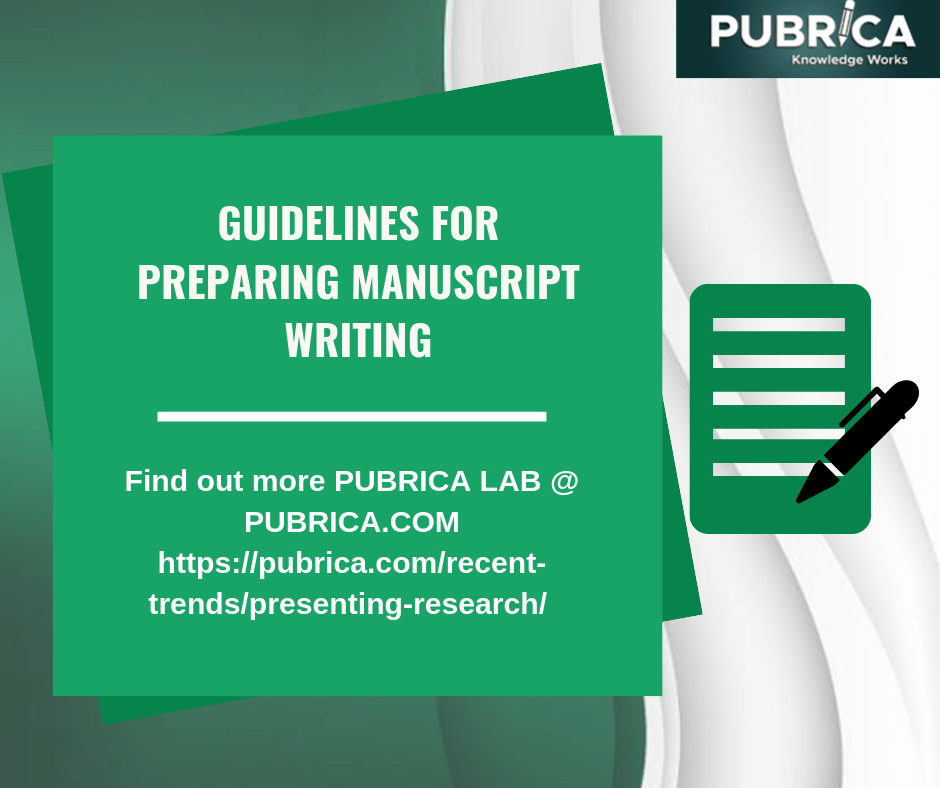
Guidelines for preparing manuscript writing.
October 3, 2019As per an old saying, “Without proper evaluation failure is inevitable,” it is vital to evaluate the manuscripts. Only by the process of manuscript evaluation, it could be more readable. It is a useful precursor for the publishing of the manuscript.
What is a manuscript evaluation?
A manuscript evaluation is an in-depth, developmental, and structural manuscript editing report. It provides a bigger picture of the manuscript by deeply analyzing of its many facts.
The important facts that cover all manuscript valuations:
- Structure & Organization:
The structure of the manuscript should be as per the authors guidelines and also for easy reading and understanding. The organization will enhance the comprehension of the manuscript to prove the responsibility of the researcher in providing effective research and manuscript. Each paragraph should be able to stand alone, and yet provide context to what precedes it and what follows it. The most common convention for scientific manuscripts paper follows the format: Introduction (literature review), Methods, Results, Discussion, Acknowledgements, References, Tables and Figures.
- Exposition:
It reveals the important references (citations) and background information used for the Scientific research
- Clarity of ideas:
The manuscript should have clarity, brevity, and logic in the way the question arrives, methods used to solve it, and the conclusions. Use simple language and observe the rules of good grammar, linguistic style, punctuation and spelling.
- Point of View:
The manuscript should have a clear point of view of the research and should be proceeding within the perspective of the research at all times of manuscript writing . Avoid irrelevant information, no matter how strongly you like it.
Process of manuscript evaluation in journals:
For a manuscript to be published, it undergoes various stages of an Manuscript evaluation process which includes:
- Choosing a suitable journal is one of the most important aspect and requires considerable skill. High impact journals want to publish novel findings that have a major impact on the field and not confirmatory studies. This is what defines high priority. Therefore, a better approach is to judge the quality of your work and target the most suitable journal Selection.
- Check word count, formatting, tables, and figures and media.
- Do not submit it two journals simultaneously, which is a serious offense in academia.
- Once you identify and submit it to the right journal, the author gets an acknowledgement after submission of the manuscript for evaluation. If it is not received after a few days of submitting the manuscript, it is advisable to check with the authorities in time.
- Next, the manuscript is checked by the Editor-in-chief (EIC), whether it fits into the aim and scope of the journal and assess your manuscript in terms of cover letter, abstract, and the gist of the discussion. Unless the manuscript is very poor, will assign it an associate editor and the main decision at that stage is to reject it without external peer review or required to send it out for review.
- The next is the plagiarism check for the similarity of the article with any previously published or other articles.
- It is then evaluated by peer reviewers as an essential process to guarantee its scientific validity.
- Only on a positive report from the peer reviews, the manuscripts are taken for further evaluations of the other sections. It will include methods, arguments, conclusions, results among many others as per the Scientific research.
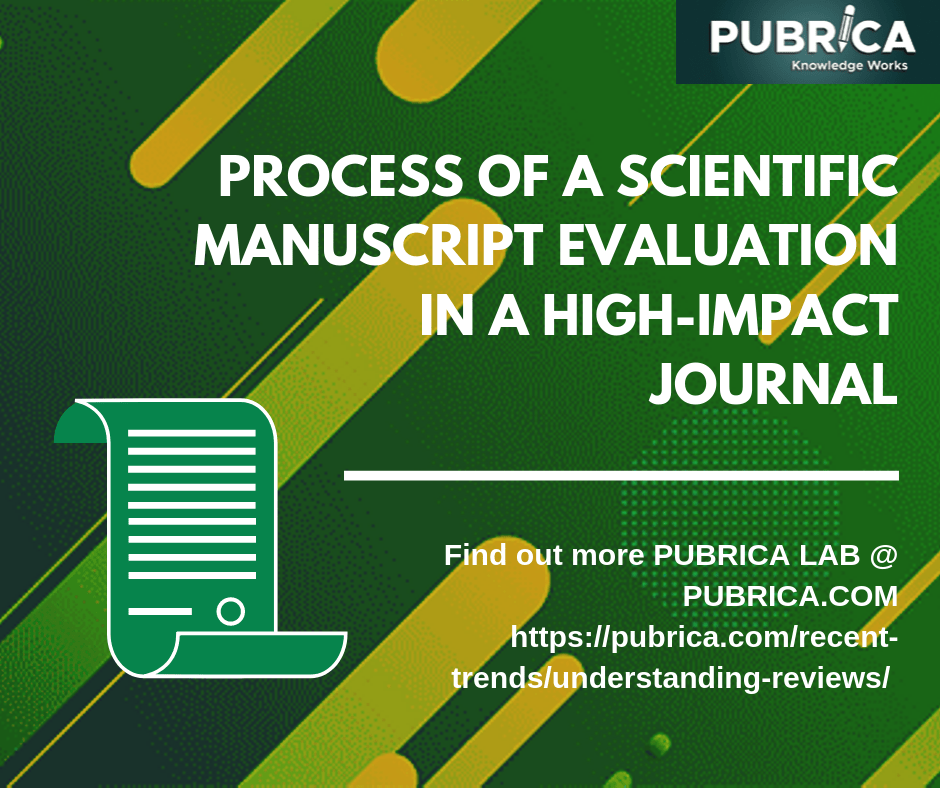
The questions that arise during the process of evaluation:
- What is the research (e.g., is it clinically important) question of the manuscript?
- Does the manuscript make a good argument (e.g., define mechanism and not merely do a descriptive confirmatory type) on why the question is vital?
- What are the methods (e.g., sound study design such as a double blinded randomized placebo controlled parallel group, endpoint, sample size) adopted by the researcher to answer the question?
- Is the strategy of the used methods correct and viable?
- Are there any major issues with the methods?
- Are there any better methods, data, and experiments that could be suitable for answering the question or improving the quality of the manuscript?
- Were the conclusions analyzed and interpreted correctly?
- What is the evidence provided in proof of the conclusions?
- Will the results help in advancing the concerned field in some way? Does the numbers match?
- Does the importance of the advances in the field are up to the standards of the journal?
- Will the other researchers show interest in reading the manuscript research?
- What kind of researchers will be interested in the study?
- Are the interested researchers will be part of the journal’s audiences?
- Does the manuscript fit well together in all aspects?
- Is the manuscript clear in its research and to what the results mean to the field?
- Is the manuscript written well using impeccable English and without any grammatical mistakes?
- Is the language written in the manuscript is sound and superior for easy readability and understanding?
- The process of manuscript evaluation with all the above facts evaluated and the questions answered will get more chances of being published in reputed and renowned journals.
Related Topics:
Literature gap and future research
Meta-Analysis in evidence-based research
Biostatistics in clinical research
Scientific Communication in healthcare
Tags:
Medical writing service | Scientific communication services | Scientific research services | Clinical trials | Publication services | Scientific editing services

